I need to do some robust data-fitting operation.
I have bunch of (x,y) data, that I want to fit to a Gaussian (aka normal) function.
The point is, I want to remove the ouliers. As one can see on the sample plot below, there is another distribution of data thats pollutting my data on the right, and I don't want to take it into account to do the fitting (i.e. to find \sigma, \mu and the overall scale parameter).

R seems to be the right tool for the job, I found some packages (robust, robustbase, MASS for example) that are related to robust fitting.
However, they assume the user already has a strong knowledge of R, which is not my case, and the documentation is only provided as a sort of reference manual, no tutorial or equivalent. My statistical background is rather low, I attempted to read reference material on fitting with R, but it didn't really help (and I'm not even sure thats the right way to go). But I have the feeling that this is actually a quite simple operation.
I have checked this related question (and the linked ones), however they take as input a single vector of values, and I have a vector of pairs, so I don't see how to transpose.
Any help on how to do this would be appreciated.
